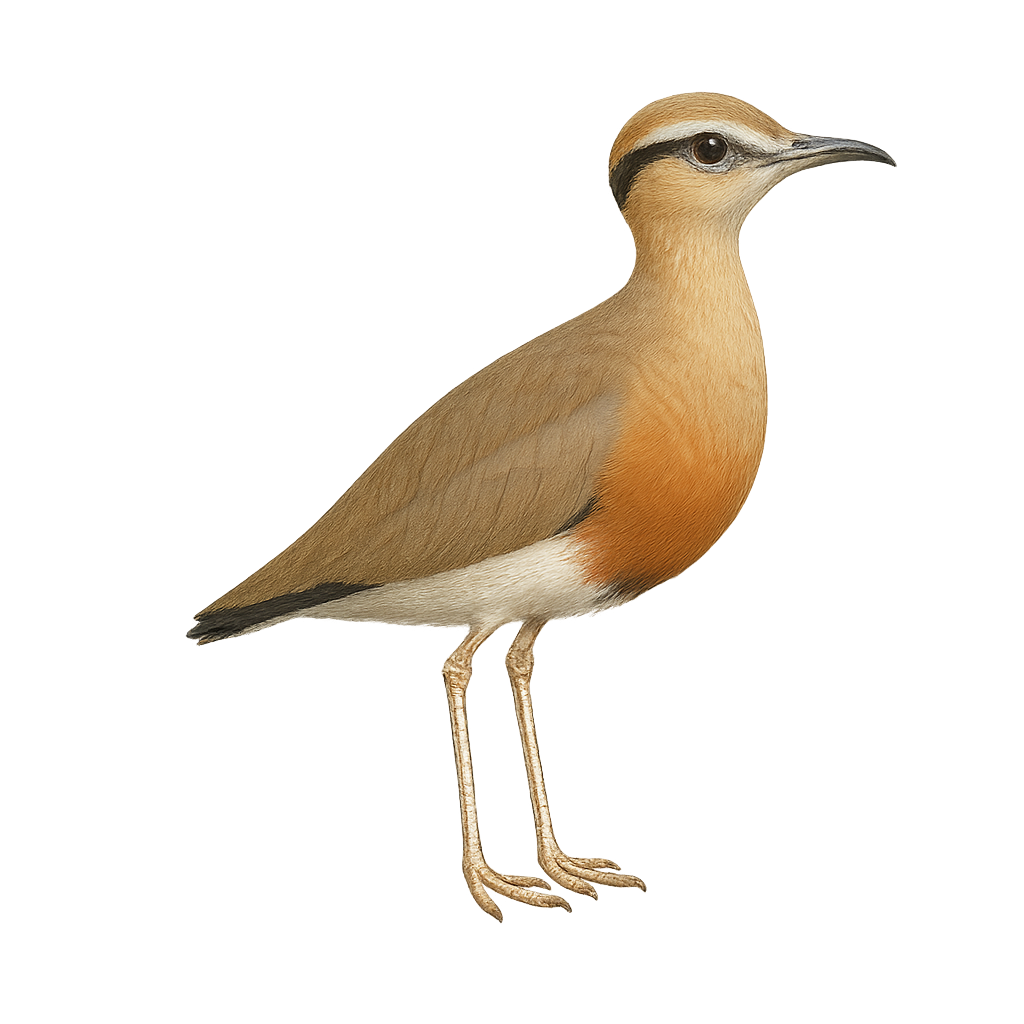Your wildlife photography guide.
Explore the temminck's courser in detail, study its behavior, prepare your shots.
Where to observe and photograph the temminck's courser in the wild
Learn where and when to spot the temminck's courser in the wild, how to identify the species based on distinctive features, and what natural environments it inhabits. The WildlifePhotographer app offers tailored photography tips that reflect the temminck's courser’s behavior, helping you capture better wildlife images. Explore the full species profile for key information including description, habitat, active periods, and approach techniques.
Temminck's Courser
Scientific name: Cursorius temminckii

IUCN Status: Least Concern
Family: GLAREOLIDAE
Group: Birds
Sensitivity to human approach: Suspicious
Minimum approach distance: 10 m
Courtship display: July to August
Incubation: 19-21 jours
Hatchings: July to September
Habitat:
arid plains, savannas, semi-deserts
Activity period :
Primarily active during the day, with peak activity in the morning and late afternoon.
Identification and description:
The Temminck's Courser, or Cursorius temminckii, is an elegant ground-dwelling bird primarily found in the arid and semi-arid regions of sub-Saharan Africa. It is distinguished by its sandy-brown plumage, long legs, and slender bill, adapted to its terrestrial lifestyle. This bird is often seen running swiftly on the ground in search of insects, its main food source. The Temminck's Courser is a diurnal bird, active mainly during the day. It is known for its ability to blend into its surroundings, making it difficult to spot. Although generally solitary, it can be seen in small groups during the breeding season.
Recommended lens:
400 mm – adjust based on distance, desired framing (portrait or habitat), and approach conditions.
Photography tips:
To photograph the Temminck's Courser, it is advisable to use a telephoto lens of at least 400mm to capture detailed images without disturbing the bird. Approach slowly and discreetly, using the surrounding vegetation for camouflage. The best times for photography are early morning or late afternoon, when the light is soft and golden. Be patient and observe the bird's behavior to anticipate its movements.
The WildlifePhotographer App is coming soon!
Be the first to explore the best nature spots, track rutting seasons, log your observations, and observe more wildlife.
Already 1 431 wildlife lovers subscribed worldwide

